Simulations of a quantum computer made of six rubidium atoms suggest it could run a simple brain-inspired algorithm that can learn to remember and make simple decisions.
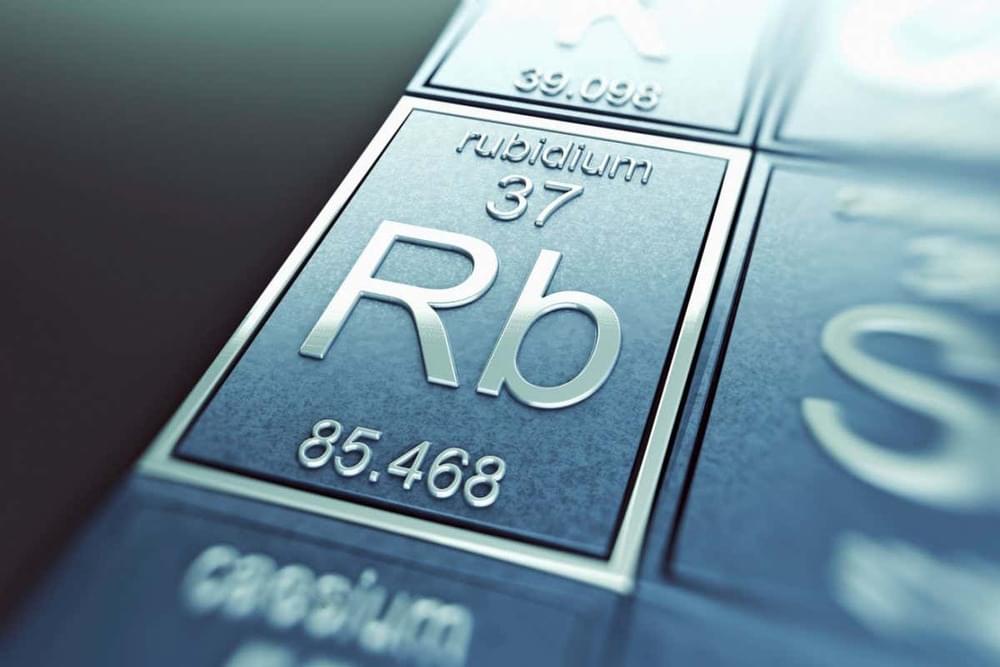

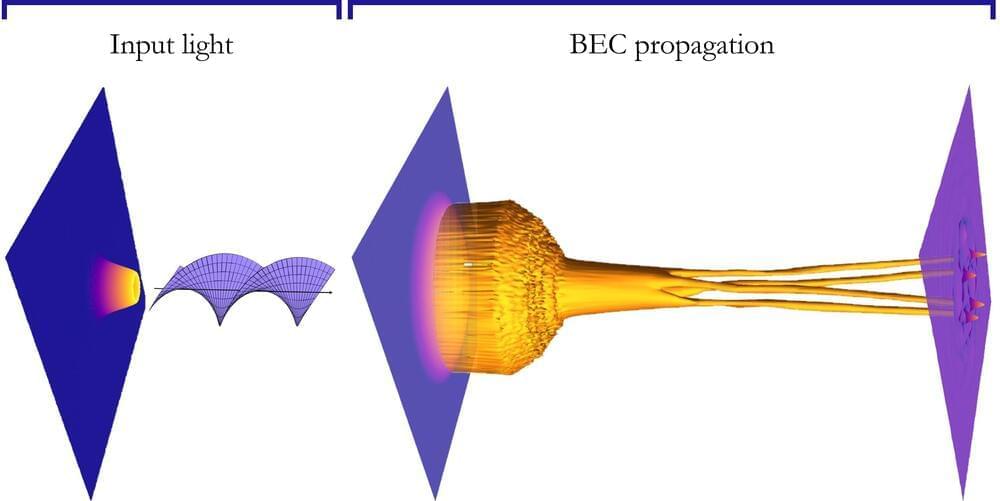
A new method for shaping matter into complex shapes, with the use of ‘twisted’ light, has been demonstrated in research at the University of Strathclyde.
When atoms are cooled to temperatures close to absolute zero (−273 degrees C), they stop behaving like particles and start to behave like waves.
Atoms in this condition, which are known as Bose–Einstein condensates (BECs), are useful for purposes such as realization of atom lasers, slow light, quantum simulations for understanding the complex behavior of materials like superconductors and superfluids, and the precision measurement technique of atom interferometry.
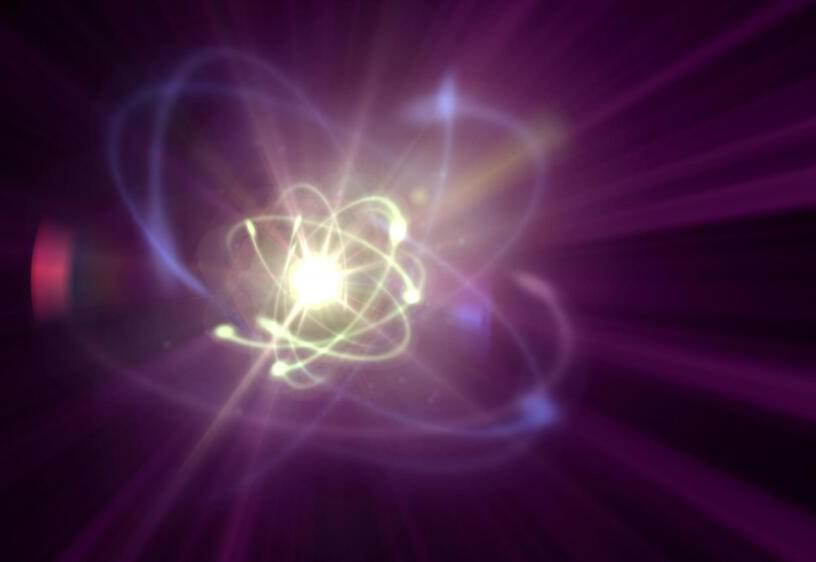
If we could harness fusion to generate electricity, it would be one of the most efficient and least polluting sources of energy possible.
A major breakthrough in nuclear fusion has been confirmed a year after it was achieved at a laboratory in California.
Researchers at Lawrence Livermore National Laboratory’s (LLNL’s) National Ignition Facility (NIF) recorded the first case of ignition on August 8, 2021, the results of which have now been published in three peer-reviewed papers.
Nuclear fusion is the process that powers the Sun and other stars: heavy hydrogen atoms collide with enough force that they fuse together to form a helium atom, releasing large amounts of energy as a by-product. Once the hydrogen plasma “ignites”, the fusion reaction becomes self-sustaining, with the fusions themselves producing enough power to maintain the temperature without external heating.
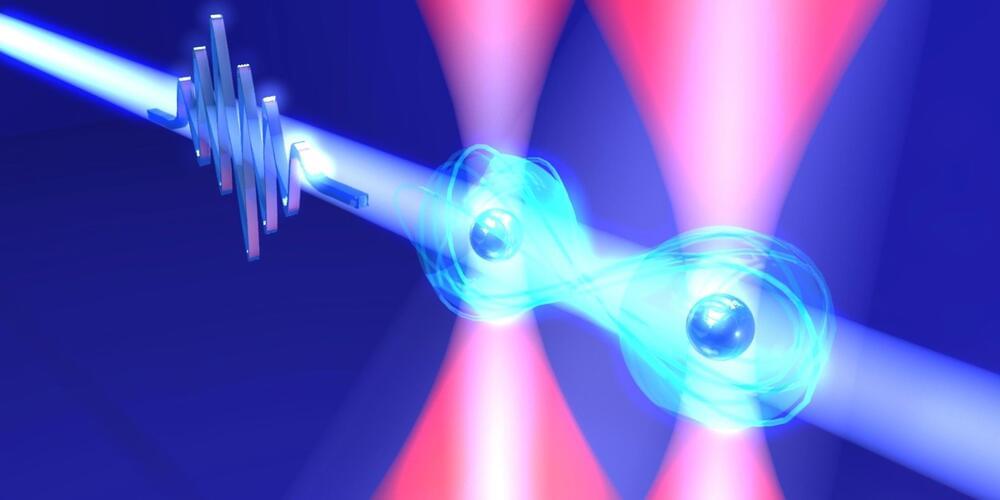
A research team succeeded in executing the world’s fastest two-qubit gate (a fundamental arithmetic element essential for quantum computing) using a completely new method of manipulating, with an ultrafast laser, micrometer-spaced atoms cooled to absolute zero temperature. For the past two decade.
“ data-gt-translate-attributes=’[{“attribute”:” data-cmtooltip”, “format”:” html”}]’quantum computing ) using a completely new method of manipulating, with an ultrafast laser, micrometer-spaced atoms cooled to absolute zero.
Absolute zero is the theoretical lowest temperature on the thermodynamic temperature scale. At this temperature, all atoms of an object are at rest and the object does not emit or absorb energy. The internationally agreed-upon value for this temperature is −273.15 °C (−459.67 °F; 0.00 K).
Astronomers have long sought the launch sites for some of the highest-energy protons in our galaxy. Now a study using 12 years of data from NASA’s Fermi Gamma-ray Space Telescope confirms that one supernova remnant is just such a place.
Fermi has shown that the shock waves of exploded stars boost particles to speeds comparable to that of light. Called cosmic rays, these particles mostly take the form of protons, but can include atomic nuclei and electrons. Because they all carry an electric charge, their paths become scrambled as they whisk through our galaxy’s magnetic field. Since we can no longer tell which direction they originated from, this masks their birthplace. But when these particles collide with interstellar gas near the supernova remnant, they produce a telltale glow in gamma rays—the highest-energy light there is.
“Theorists think the highest-energy cosmic ray protons in the Milky Way reach a million billion electron volts, or PeV energies,” said Ke Fang, an assistant professor of physics at the University of Wisconsin, Madison. “The precise nature of their sources, which we call PeVatrons, has been difficult to pin down.”

The space between the planets in our solar system is filled with a wispy sea of charged particles that flow out from the Sun’s atmosphere. This particle population is augmented by cosmic rays — speedy protons and atomic nuclei accelerated in extreme environments across the universe — which ebb and flow against the 11-year solar activity cycle. This undulating particle background is punctuated by bursts of high-energy particles from the Sun, which can be unleashed suddenly in violent solar storms.
Spacecraft that venture out from the protection of Earth’s magnetic field must navigate this ocean of particles and weather solar storms. And if we someday wish to send astronauts to other planets, we’ll need to know how high-energy solar particles, which pose a risk to the health of astronauts and electronic systems alike, travel through the solar system.
In a new publication, a team led by Shuai Fu (Macau University of Science and Technology), Zheyi Ding (China University of Geosciences), and Yongjie Zhang (Chinese Academy of Sciences) studied the high-energy solar particles produced in an event in November 2020, when the Sun emitted a solar flare and a massive explosion of solar plasma called a coronal mass ejection.
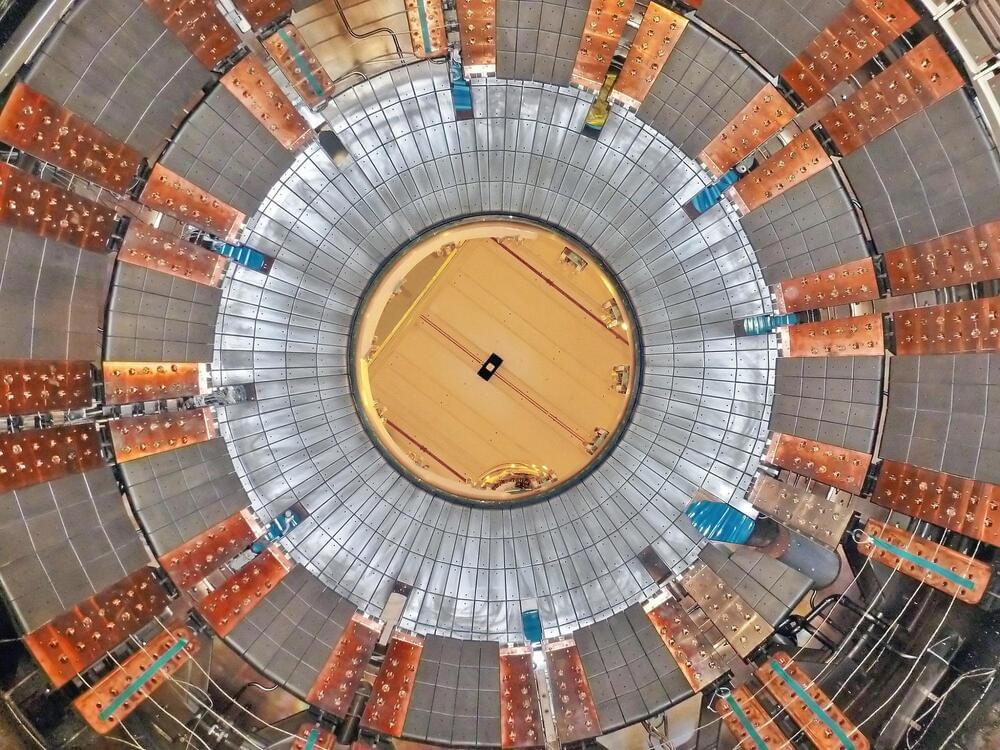
For decades, if you asked a fusion scientist to picture a fusion reactor, they’d probably tell you about a tokamak. It’s a chamber about the size of a large room, shaped like a hollow doughnut. Physicists fill its insides with a not-so-tasty jam of superheated plasma. Then they surround it with magnets in the hopes of crushing atoms together to create energy, just as the sun does.
But experts think you can make tokamaks in other shapes. Some believe that making tokamaks smaller and leaner could make them better at handling plasma. If the fusion scientists proposing it are right, then it could be a long-awaited upgrade for nuclear energy. Thanks to recent research and a newly proposed reactor project, the field is seriously thinking about generating electricity with a “spherical tokamak.”
“The indication from experiments up to now is that [spherical tokamaks] may, pound for pound, confine plasmas better and therefore make better fusion reactors,” says Steven Cowley, director of Princeton Plasma Physics Laboratory.

After decades of inertial confinement fusion research, a yield of more than 1.3 megajoules (MJ) was achieved at Lawrence Livermore National Laboratory’s (LLNL’s) National Ignition Facility (NIF) for the first time on Aug. 8, 2021, putting researchers at the threshold of fusion gain and achieving scientific ignition.
On the one-year anniversary of this historic achievement, the scientific results of this record experiment have been published in three peer-reviewed papers: one in Physical Review Letters and two in Physical Review E. More than 1,000 authors are included in one of the Physical Review Letters paper to recognize and acknowledge the many individuals who have worked over many decades to enable this significant advance.
“The record shot was a major scientific advance in fusion research, which establishes that fusion ignition in the lab is possible at NIF,” said Omar Hurricane, chief scientist for LLNL’s inertial confinement fusion program. “Achieving the conditions needed for ignition has been a long-standing goal for all inertial confinement fusion research and opens access to a new experimental regime where alpha-particle self-heating outstrips all the cooling mechanisms in the fusion plasma.”
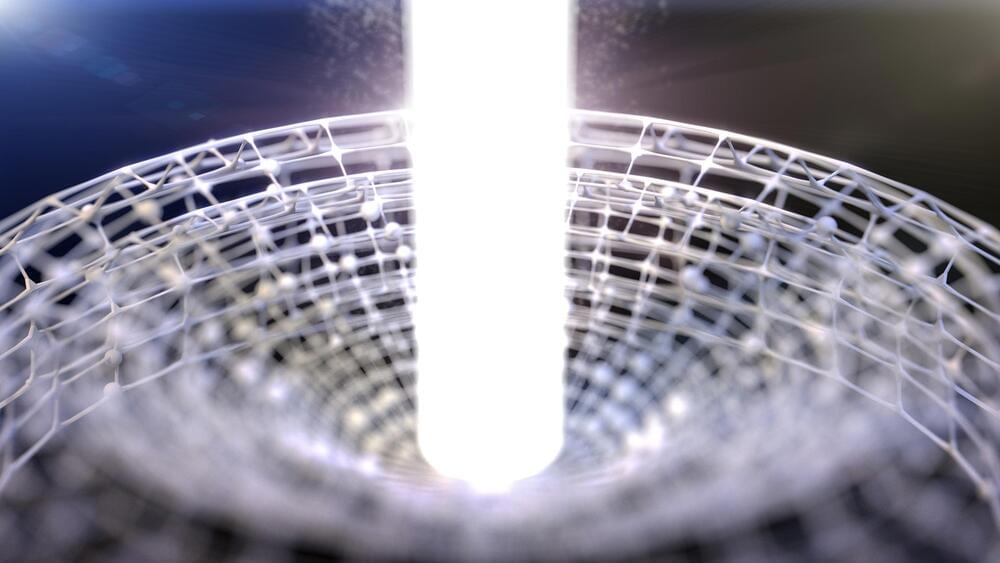
Thomas Jefferson National Laboratory experiments hone in on a never-before-measured region of strong force coupling, a quantity that supports theories accounting for 99% of the ordinary mass in the universe.
Much fanfare was made about the Higgs boson when this elusive particle was discovered in 2012. Although it was touted as giving ordinary matter mass, interactions with the Higgs field only generate about 1% of ordinary mass. The other 99% comes from phenomena associated with the strong nuclear force, the fundamental force that binds smaller particles called quarks into larger particles called protons and neutrons that comprise the nucleus of the atoms of ordinary matter.
The Strong Nuclear Force (often referred to as the strong force) is one of the four basic forces in nature. The others are gravity, the electromagnetic force, and the weak nuclear force. As its name implies, it is the strongest of the four. However, it also has the shortest range, which means that particles must be extremely close before its effects are felt.
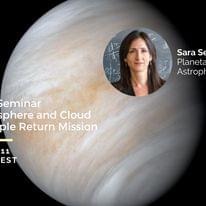
Thu, Aug 11 at 6 PM CDT.
Join our 60min Seminar with Sara Seager, PhD to learn about design, engineering, and upcoming mission of high altitude balloon to sample cloud particles from Venetian atmosphere!
https://www.eventbrite.com/e/multiplanet-seminar-venus-cloud…3644460177